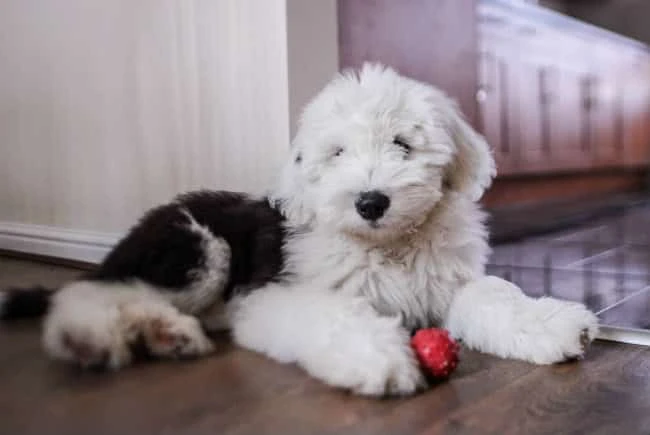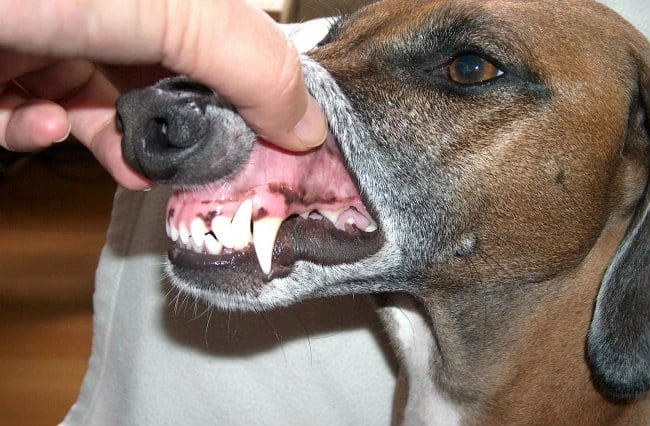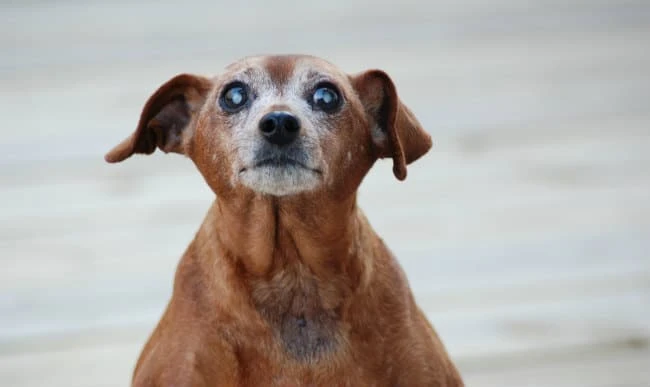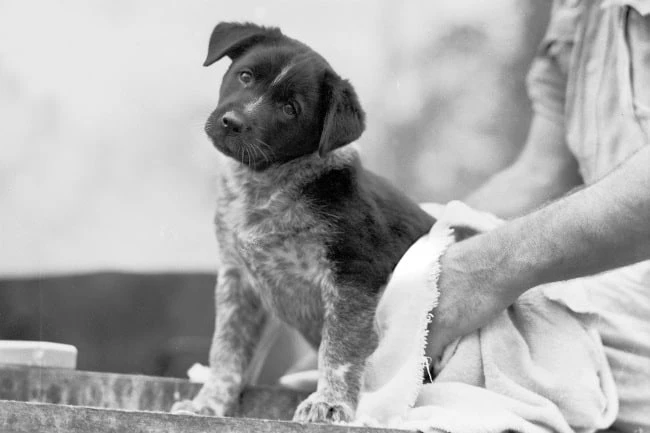Canine Teeth Cleaning: Learn How to Brush your Dog's Teeth (the right way)
How to Brush Your Dog’s Teeth (properly)…
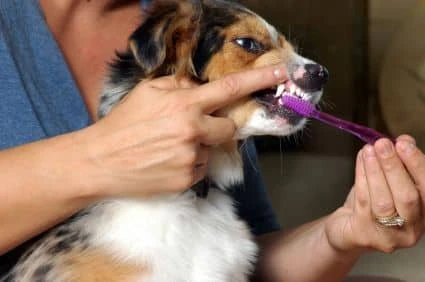
Ok so you have to brush your dog’s teeth, but you don’t know how to do it properly…well you have come to the right place!
Some owners feel that brushing their dog’s teeth is not an important part of your dogs overall health care, however what they probably didn’t know was that the a sinus infection is often a secondary infection caused by a lack of good oral health care.
If you haven’t started brushing your dog’s teeth from an early age you can still train him to accept a tooth brush. Simply start by dabbing some peanut butter on one finger and put it in your dog’s mouth.
Use your finger with the peanut butter and rub your finger around your dog’s teeth and gums.
Now your dog is used to your finger, place some gauze around your finger – still with the peanut butter on it – keep rubbing your finger around your dogs teeth so he gets used to the sensation.
Now your dog is used to the gauze and your finger – it’s time to start using a tooth brush. Don’t use a tooth brush designed for humans, you need a properly designed canine tooth brush.
Purchase some doggie tooth paste from your vet – but remember that your vet may also be biased to any product that they are selling – we may be being cynical but we have heard stories of people being pushed into buying specific products stocked by their own vet.
Most vets or online pet stores sell a good selection of toothpastes (specifically designed for dogs and puppies) including poultry, beef and malt.
Ok lets start brushing your dog’s teeth…
- Start by introducing your chosen doggie toothpaste and flavor by using the techniques above i.e. a finger first and then the gauze.
- Gently lift the gums as this will enable you to clean the gums and the teeth.
- When brushing your dog’s teeth you should hold the toothbrush at an angle of 45 degrees.
- When brushing the teeth use a circular motion making sure that you reach the back teeth (which are particularly susceptible to decay).
- Don’t worry about brushing the inside of the teeth (just focus on the outside).
- Make sure that the bristles on the brush reach in-between the teeth (as this is where the food can gather).
- The upper teeth (found at the back of the mouth) are the most important teeth to get clean.
A Quick Reminder…
Cleaning your dog’s teeth should be an enjoyable experience for you and your dog.
When brushing the teeth make sure that you don’t get your dog over excited as you want a calm and relatively relaxed dog
Brushing your dog’s teeth should take from 30 seconds up to 1 minute.

Did you know…?
– Cavities can develop (although they are surprisingly uncommon). A cavity is fairly easy to spot (they normally start as a small black spot at the base of the tooth next to the gum line. The best way to treat a cavity is to remove the tooth and fill the gap left behind.
– Up to the age of six years of age a Vet can (quite) accurately tell the dog’s age just be looking at the wear and tear on the teeth.
– There are some pretty good toothpastes out there that are both antiviral and antibacterial. Nolvadent, Peridex and Oxyfresh are all good examples of reliable toothpastes. (Source: Eldredge, D. Carlson, L. Carlson, D and Giffen, J. 2007. The Dog Owners Home Veterinary Handbook. 4th Ed).
References:
Ackerman, L. 1995. Owners Guide to Dog Health.
Bleby,J and Bishop, G. 2003. The Dog’s Health from A-Z.
Eldredge, D. Carlson, L. Carlson, D and Giffen, J. 2007. The Dog Owners Home Veterinary Handbook. 4th Ed.
Mash, H. 2011. The Holistic Dog: A complete guide to natural health care. The Crowood Press.
The American Animal Hospital Association Encyclopedia of Dog Health and Care, 1994. Quill. New York.
The Doctors Book of Home Remedies for Dogs and Cats. 1996. Rodale Press Inc, Emmaus, Pennsylvania.
Useful Links:
- www.dog-health-problems-online.com/dog-teeth
- www.dog-health-problems-online.com/puppy-teeth
- www.dog-health-problems-online.com/canine-teeth-cleaning
Take a look at the Youtube videos below as they can give you visual guidance on the correct method to use when brushing your dog’s teeth…
When to get the experts involved…
In some cases you may need to get the Vet involved (to clean the teeth professionally). Although some professional dog groomers do offer the service they will not be able to get below the gum line. Your dog will need to be anaesthetised.
The process will involve the Vet examining the mouth and then removing the tartar, finishing by polishing the teeth, rinsing the mouth and then applying fluoride to the teeth. In some cases the Vet may prescribe antibiotics to prevent bacteria build-up/
What causes bad breath in dogs…?
One of the most common problems seen in dogs is smelly breath. This is caused by periodontal disease. Basically if you don’t brush your dog’s teeth regularly tartar can start to build-up (and bacteria love tartar). Tartar is the brown color that you can see on bad teeth. Once tartar and bacteria starts to collect on the teeth and under the gums this leads to gum disease and smelly breath.
Did you know…?

- Make sure that you use a toothpaste with enzymes added (as this helps to fight the plaque). Fluoride is always an extra bonus as it helps to control the bacteria.
- Avoid using toothpaste that is designed for humans as they contain nasty detergents, salts and baking soda that can affect your dog’s stomach.
- Plaque is a combination of dead bacteria and minerals which can irritate the gums leading to inflammation, gum recession and bleeding (called gingivitis). If the gums recede too much this can lead to the root becoming exposed and bacteria affecting the tooth (loosening the teeth and eventually causing loss of teeth).
Return to our Guide to Common Health Problems in dogs
